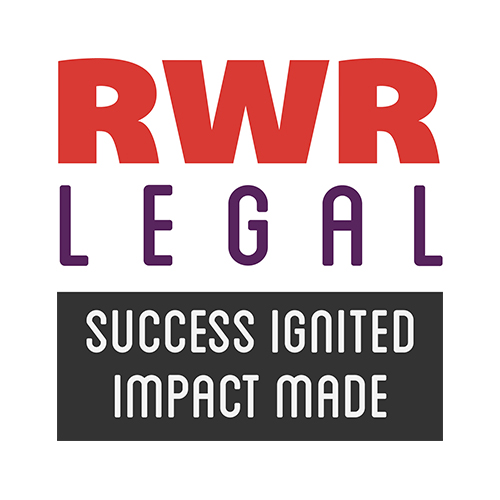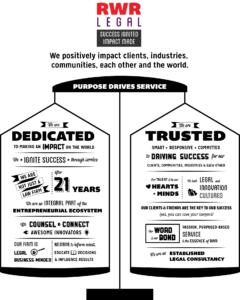The Rules Are Live! A Primer for Equity Crowdfunding Under The JOBS Act
https://rwrlegal.com/wp-content/uploads/2018/09/samson-duborg-rankin-91091-unsplash-1024x683.jpg 1024 683 RWR Legal RWR Legal https://rwrlegal.com/wp-content/uploads/2018/09/samson-duborg-rankin-91091-unsplash-1024x683.jpgMay 16th, 2016 marks a milestone for crowdfunding with the JOBS Act Title III finally taking effect. The rule’s biggest impact will be the inclusion of millions of non-accredited investors to the pool of funds that is powering a new wave of crowd investments. With the JOBS Act Title III, persons earning under $100,000 can now invest a limited portion of their income in retail online investments. While the rule brought many welcome changes to issuers wishing to take advantage of this financing method, new regulations and restrictions are also now in effect.
The company funding limit under Title III cannot exceed one million dollars in a 12-month period. To start the funding process, the first step is to file a Form C. This form requires extensive information and is the SEC’s way of ensuring that investors have thorough knowledge about their potential investment. In the Form C, the issuer must identify officers, directors, and equity holders that own in excess of 20% of the company. The issuer must also disclose the price, number of shares offered and the deal deadline. The required financial statements will change depending on the amount being raised.
If the issuer is seeking funding under $100,000 it will have to release certain information from its federal income tax returns and produce an internal GAAP financial statement review certified by the company CEO. For funding between $100,000 and $500,000, GAAP financial statements must be reviewed by a third party CPA. If the raise exceeds $500,000 then a third party CPA must review the financial statements if this is the Company’s first offering under the crowd-funding regulations, and must be audited by a third party CPA if this is the second or subsequent offering by the Company under these regulations.
All of a company’s required information must be submitted to an “intermediary” as defined in the regulations, which will supply a platform on which the information is available electronically to potential investors. Once the issuer has submitted all relevant information and has chosen a platform, there are still many rules to abide by, including SEC general advertisement limitations. General advertising is prohibited, except for certain specific disclosures, including a notice that identifies the issuer and the terms of the offering and provides other limited information, provided that the notice must direct the potential investor to the intermediary’s platform.
After the funding has begun, the issuer must file a Form C-U at 50% and 100% of the funding target. Nonetheless it is important for issuers to be even more proactive with investor information, which must be provided through platform updates. In this way the SEC ensures that all updates are in one place for all potential investors to access. Issuers are not allowed to utilize email updates and interviews outside the platform; even events such as demo days may cause problems.
Even though Title III has opened the door to millions of people, there are certain aspects that do not live up to all stakeholder expectations. The one million dollar cap is arguably one of its main constraints with many issuers often needing substantially more in a twelve month period. Investors are also limited in the amounts they can invest in a twelve month period under these regulations through a somewhat complex formula based on net worth and annual income. For example, an investor with annual income of $100,000 a year and $500,000 in net worth would be subject to an investment limit of $5,000 in a twelve month period for all of his or her investments made under these regulations. And as noted above, investors are limited in communicating with issuers only through the platform, with such communications available to all with access to the platform.
While these are only some of the changes each party will face, this is not all bad news. The transition toward a better experience cannot come without the hardships of regulation. In a world of increasing economic inequality, providing better options for those previously barred from this type of funding participation becomes increasingly important. As legislators address this in their own ways, it is important for companies to provide the information infrastructure needed to make this disruptive force a reality.
LEGAL DISCLAIMER: This article is not intended to be, nor may it be used as, legal advice or tax advice. This article shall be used solely for general, non-directed informational purposes. No attorney-client relationship has been formed by virtue of this article and Ressler + Wynne Ressler, PC has in no way agreed or consented to provide you with legal representation by virtue of this article.




